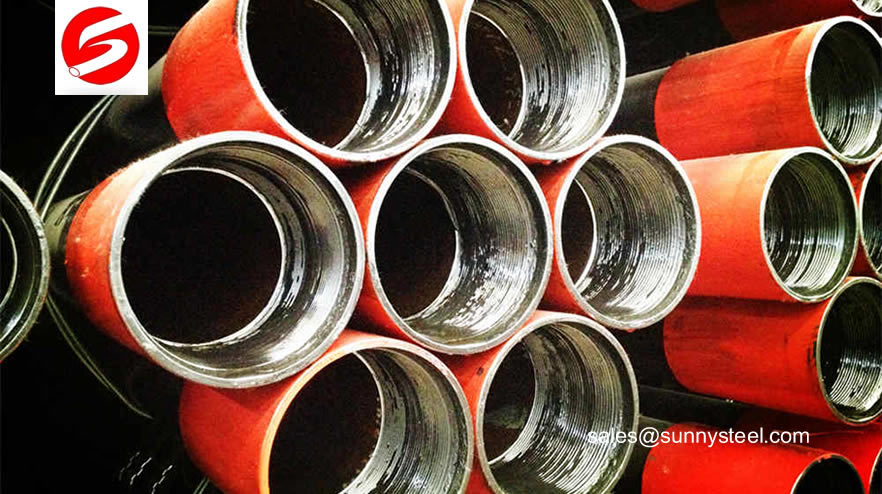Expansion joints are devices containing a bellows membrane that are designed to absorb dimensional changes, such as those that occur due to thermal expansion or contraction of a pipeline, duct or vessel.
What are Expansion Joints
Expansion joints are used in all kinds of different sectors and in a huge range of different industrial contexts.
- What different varieties of expansion joints are there?
- How do they work?
- Ducted Air Systems
- Bonding pipe joints
- What industries use expansion joints
- Expansion joint accessories
- Expansion joint failure modes
- Pipe Expansion Joints
- Reliable research on Expansion joint
- What is the Function of Stainless Steel Bellows Expansion Joint?
Piping Expansion Joint Construction
Pipe expansion joints are also known as compensators, as they 'compensate' for the thermal movement.
This infographic helps illustrate the piping expansion joint construction.
Tube – A protective, leak proof lining made of synthetic or natural rubber. The tubes primary function is to eliminate the possibility of materials being handled penetrating the carcass.
Carcass – The carcass or body of the expansion joint consists of fabric, and when necessary metal.
Cover – The exterior surface of the joint.
Fabric Reinforcement – The carcass fabric reinforcement is the flexibility and supporting member between the tube and cover.
Metal Reinforcement – Wire or solid steel rings imbedded in the carcass, often used for strengthening.
Retaining Ring – Used to compress the expansion joint flange to the mating flange to create a seal. Also called clamp bars or backing bars. Applies to most all expansion joints.
Mating Flange – Used to connect the pipe joint to the pipe in which it is being installed.
Control Rod – Used to limit the axial movements during operation, and prevent the joint from exceeding its movement capabilities. The rods attach the mating flange and expansion joint. Typically used on piping joints, but can be installed on most any joint when required.
Customized expansion joints
Expansion joints are designed to safely absorb the movement in pipework systems due to heat-induced expansion and contraction of pipework.
Sleeve type expansion joints
Sleeve Type Expansion Joints are primarily designed to compensate for thermal expansion but it is not the only movement being imposed on the pipeline system.
Ceramic lined pipe expansion joints
Ceramic lined pipe expansion joints are designed to safely absorb the dimensional changes of pipework systems and ducts caused by heat induced expansion and contraction.
What different varieties of expansion joints are there?
In a piping system a Expansion joints alternately known as Bellows are like sealed springs. Sealed because it is required to contain the fluid pressure which is flowing through it and spring because it is required to respond to the movement of the connected piping without offering appreciable stiffness to the piping system.
An expansion joint/bellow element employed in a piping system is an assembly of generally more than one convolute in series. The convolutes are designed strong enough to withstand the internal pressure of the system, at the same time the typical contour of the convolute assembly allow sit to flex under thermal movement of the connected piping. As a result of this extreme flexibility the expansion joint / bellow as such is highly incapable of absorbing any longitudinal loads by its own,thereby requiring external attachments to transfer these longitudinal loads to its connected piping for maintaining the overall stability of the piping system under question.

























